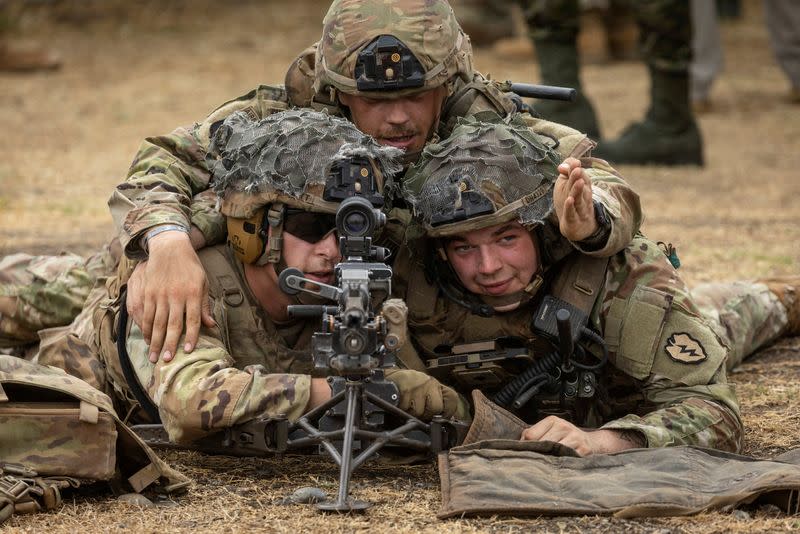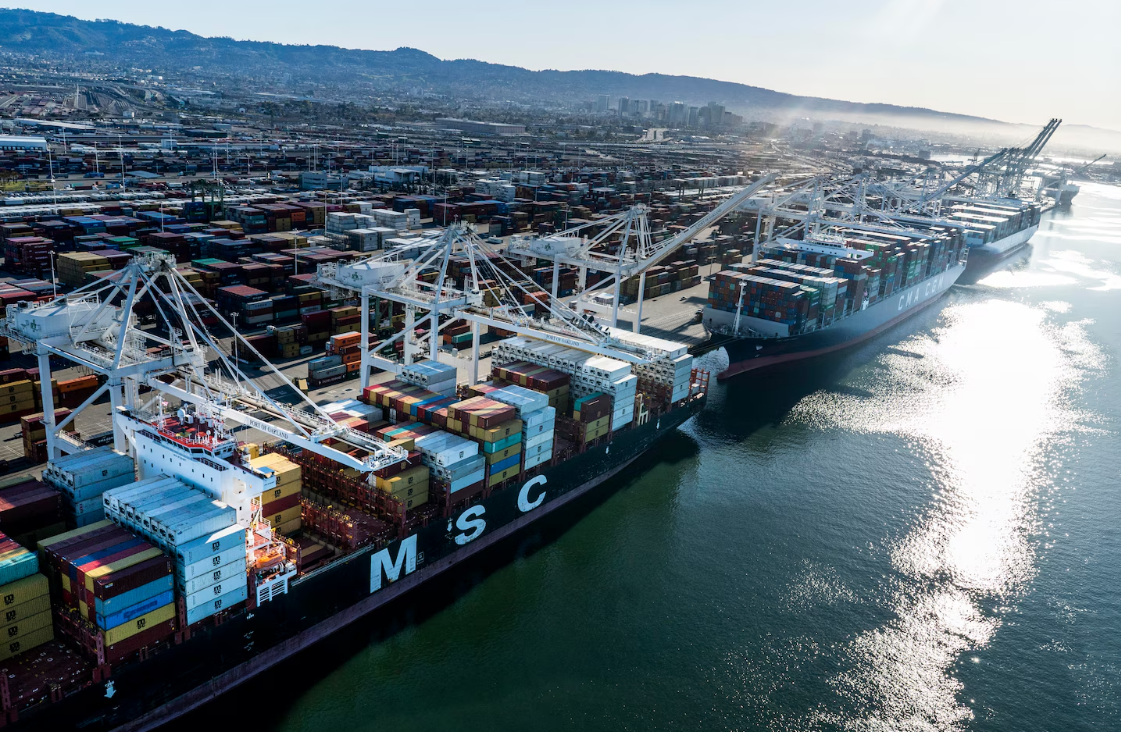Philippines shores up contingency plans as fears of China attacking Taiwan looms large
Air is thick in China with despondency as the economy shrinks and the
government measures are not yielding any positive dividends. But it is China’s Southeast Asian neighbour, the Philippines which seems to be rattled as it fears Beijing could launch an attack on Taiwan to divert Chinese nationals’ attention from economic woes they are currently facing and generate a sense of patriotism among youth amid escalating unemployment graph in the country. On July 20, Philippines Defence Secretary Gilbert Teodoro told the press that Manila is monitoring on a daily basis as part of the country’s
contingency plans for possible conflict in the region. “We continue to plan on all contingencies, not merely any flashpoint between China and Taiwan, but any contingency within the theatre,” Defence Secretary Gilbert Teodoro said. By any yardstick, it did not reflect a normal statement. The Philippines military, which is keeping a close eye on developments in the region, is on its toes as China has increased its threat of military takeover of Taiwan. Hardly a week or two has passed since the PLA has not flown military jets across the median line of the Taiwan Strait since August last year. The Philippines is very close to Taiwan, with its northernmost islands only 190 km (118 miles) away. As such, it does not want to take things lying down. On July 21, Taiwan’s Ministry of
National Defence, in a statement said that 26 PLA aircraft and 7 PLAN (People’s Liberation Army-Navy) vessels were detected today. “13 of the detected aircraft had crossed the median line of the Taiwan Strait,” Taiwan’s Ministry of National Defence said. Since July 1, PLA has flown several military aircraft across the median line of the Taiwan Strait almost on a daily basis to deter the
self-ruling island into submission. In some military drills, said Taiwan’s Ministry of National Defence, “the PLA aircraft conducted long-range aerial reconnaissance training alongside long-distance vessels to the SE of Taiwan.” The Philippines authorities fear that a Chinese attack on Taiwan will drag the country into a war with Beijing and they have a reason for it. After Manila under President Ferdinand Marcos Jr granted access to four additional bases to the US military this year, upset China termed the move as one “stoking the
fire” in the regional tension, South China Morning Post said. In addition to five military bases in the Philippines, the US is setting up four naval bases in the Southeast Asian nation in different locations, The Hill said. Of these four bases, three will be in the Cagayan province covering Luzon Island, which is close to Taiwan, the self-ruling island. The second base to be created by the US in the Cagayan province will be in an area near the municipality of Santa Ana and the third base will be near the Lal-lo Airport. The fourth naval base will be in Palawan province, located in the western part of the Philippines near the Spratly Islands in the South China Sea, an arm of the western Pacific Ocean. “The Philippines’ opening of four new military bases to the United States under the Enhanced Defence Cooperation Agreement has aroused great concern and serious concern from the Chinese people,” Chinese Ambassador to the Philippines Huang Xilian said in his speech at the 8th Manila Forum on China- Philippines relations on April 14. He asked three questions to the Philippines: “Why is the new (US) base so far away from Taiwan? How will the Philippines effectively control the weapons pre-installed by the US military at the base?
Why does the Philippines fight for other countries?” This has created an apprehension among Philippines authorities about Manila coming under China attack if war breaks out in the Taiwan Strait. Besides, there is an apprehension that Beijing will target 150,000 Philippines workers in Taiwan and their safety
will be jeopardized if the self-ruling island is suddenly attacked by the PLA. All this has propelled Manila to beef up its defence preparedness and draw contingency plans. Although there are no details how contingency measures are being planned by the Philippines military, the country’s Defence Secretary Gilbert Teodoro said, “A multiagency effort and not only a defence effort” are being discussed. However, it is not just the Philippines, countries like Japan, South Korea, and Australia—three other major allies of the US—are also reportedly strengthening their defence preparedness to meet any challenges in the region. In China, as the economy is slowing down and all major sectors that contribute to growth—real estate, factories, services, and exports under performing, with a 20.8% unemployment rate among youth breaking all past
records, there is an atmosphere of uncertainty across the country. “An increasingly sluggish Chinese economy could increase the prospect of a military crisis in the Taiwan Strait as Chinese President Xi Jinping may further embrace nationalism in his unprecedented third term,” the Council on Foreign Relations, a prominent US think tank was quoted by Nikkei Asia as saying. This warning came in an extensive Council on Foreign Relations’ report published on June 20, this year. The report cited a “particularly worrisome” scenario for a conflict in Taiwan in which China could require civilian aircraft and cargo vessels to bring about an “effective blockade, preventing free movement of goods from sea and air to Taiwan and choking off the island’s economy. If Taiwan disrupted such an operation militarily, that could lead to military conflict.” Given this, the Philippines is, as per media reports, adopting all necessary moves to counter any threat to the nation and its interests.












